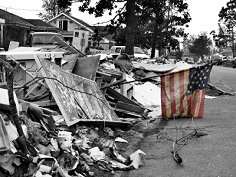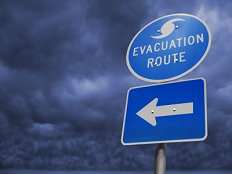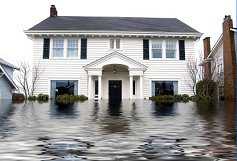







In a major evacuation, one that occurs in fall, winter or spring when evening and daytime temperatures can be cold, you may have to travel through the foothills or even through the mountains on a remote pass or little used highway.
Winter clothing will keep you warm, and is usually put together in a way to wick moisture away from the skin, especially if you have to work out in the cold (for example chopping firewood, building a roof, or digging an underground shelter.) If you sweat during cold weather, the moisture can quickly chill you, and cause hypothermia. That's why it's important to choose clothing that you will wear outside that wicks moisture away from the skin. For working outside in the cold, avoid cotton.
Winter jackets are absolutely important, and will protect you from rain, snow, and sub-freezing temperatures. It's important that you choose the right jacket, one with a heavy duty front zipper that is least likely to break under repeat use. Many jackets are put together with inner layers that seperate, so that you can wear your coat in warmer temperatures. A layered jacket like this should have an outer wind / waterproof shell, and inner fleece layer, and even one more layer for the coldest regions.
Wool Socks - Two pairs of wool socks, worn over each other, can help insulate your feet while you sleep (if needed). Wool socks can also be worn over your mittens to help keep your hands warm during extreme low temperatures.
Stocking / Beanie Cap - A wool (or other non-cotton material made for cold weather) stocking / beanie cap can be worn at night, even in your sleeping bag on the colder nights you may face, helping you stay warm and get a good night's rest.
Cold Weather Work Gloves - Cold weather work gloves help protect your hands during cold weather, especially in snow or freezing temperatures. They are stitched together with materials that help protect these gloves while you work with tools or debris, while also protecting your hands from cuts and blisters and of course the cold temperatures. In a cold climate, being able to use your hands can be a life saver. If your hands are too cold to use (they literally shake and start freezing with the cold), you may be unable to start a fire or even zip up a jacket or sleeping bag and can quickly die of hypothermia. Consider cold weather work gloves (a good, highly rated pair) an essential for spending any time in cold weather.
REFERENCES:
How to Clothe Yourself for Cold Weather Exertion
Winter Sports Apparel Keeps You Warm and Dry
